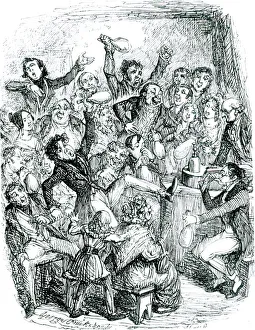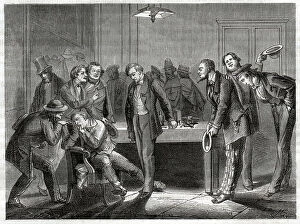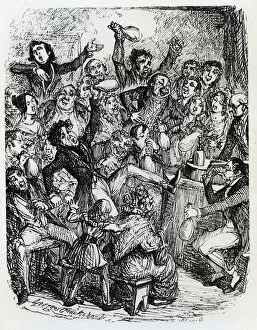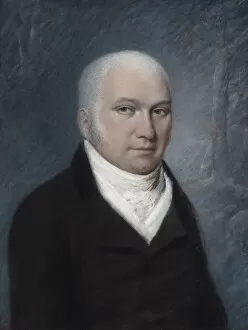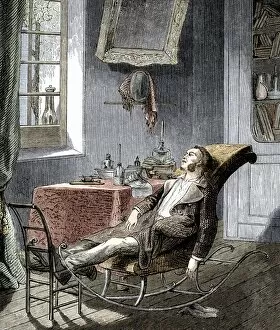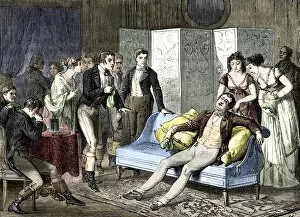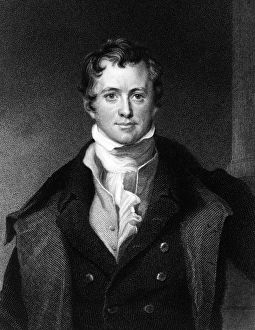Laughing Gas Collection
"Unleashing the Power of Laughter: The Fascinating Journey of Laughing Gas" Step back in time to the early 19th century
All Professionally Made to Order for Quick Shipping
"Unleashing the Power of Laughter: The Fascinating Journey of Laughing Gas" Step back in time to the early 19th century, where a remarkable discovery by English chemist Humphry Davy would forever change the world of medicine and entertainment. Known as "laughing gas, " nitrous oxide captivated audiences with its euphoric effects, leaving them in fits of uncontrollable laughter. Humphry Davy, a brilliant mind ahead of his time, first experimented with this peculiar gas in the late 18th century. His groundbreaking research paved the way for its use as an anesthetic during dental procedures and surgeries. Caricatures depicting Davy's experiments showcase his determination to unravel the mysteries hidden within this magical substance. Fast forward to 1844 when Horace Wells fearlessly demonstrated laughing gas' effectiveness by extracting a tooth in front of mesmerized students. Engravings from that era immortalize this historic moment, capturing both Wells' pioneering spirit and his audience's delight at witnessing pain-free dentistry. But it wasn't just dental procedures that benefited from laughing gas; lectures became lively spectacles as audiences reveled in its intoxicating effects. George Cruikshank's vivid illustration from 1834 perfectly captures these joyous scenes, showcasing how laughter united people through shared experiences. Dr Thomas Beddoes played a crucial role during those early years when nitrous oxide was still shrouded in mystery. His pastel portrait on grey paper serves as a reminder of his tireless efforts to understand and harness the potential benefits offered by this revolutionary substance. Chemical lectures held during that period were not only educational but also entertaining affairs thanks to James Gillray's artistic depiction. These gatherings allowed individuals to witness firsthand the wonders brought about by scientific exploration – including laughing gas-induced merriment. As doctors administered laughing gas for various medical purposes, such as pain relief or relaxation before surgery, its influence continued to spread.


